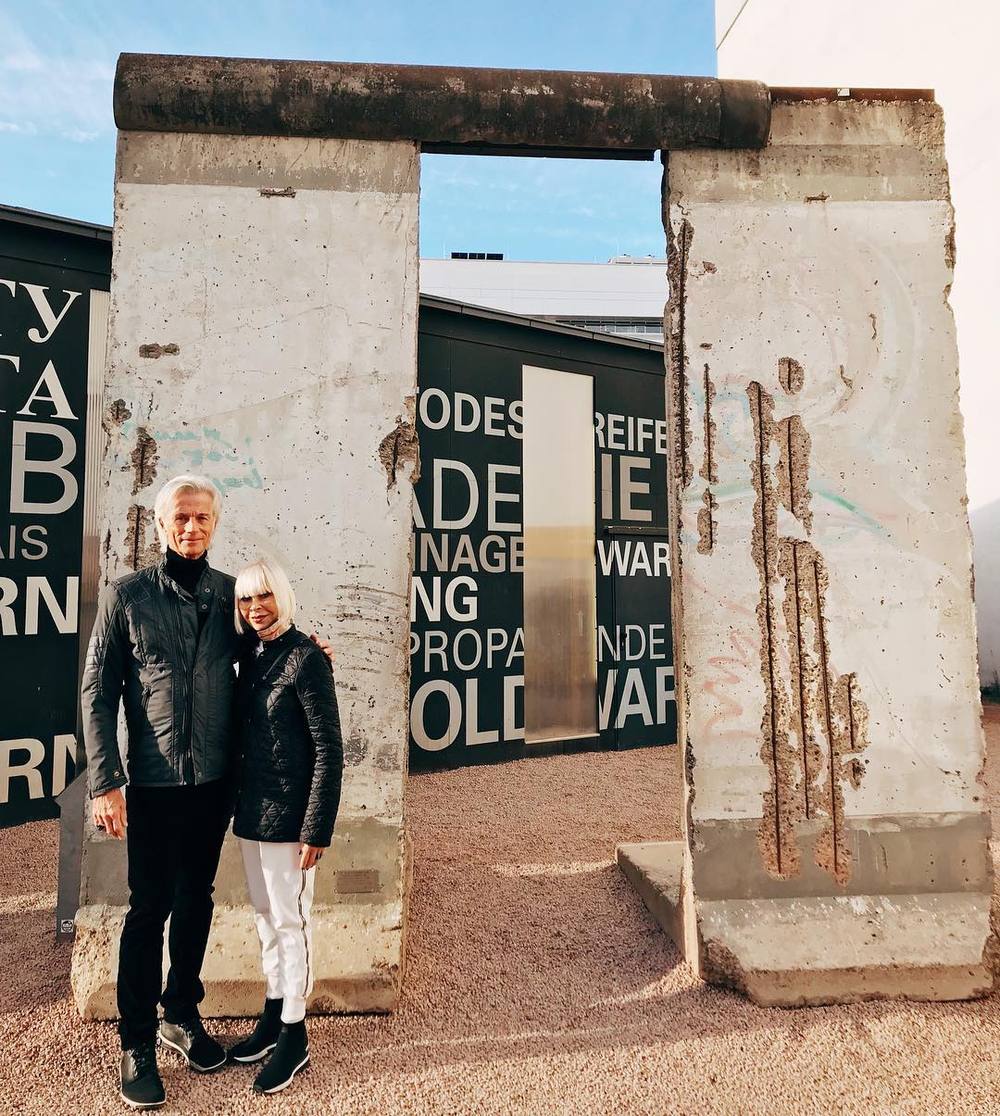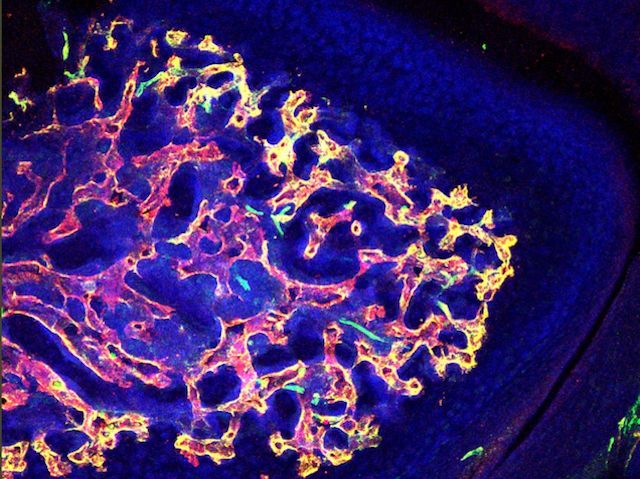The AeroGarden Harvest is intuitive and easy to use, and being able to say you grew the herbs or tomatoes in your dishes is pretty cool.




What’s new at RAADfest 2019?? Besides RAADclinic, new topics will be discussed: Check it out and Register now: http://www.raadfest.com/



China plans to build a scientific research station on the moon in “about 10 years,” according to the state news agency Xinhua.
The China National Space Administration (CSNA) intends to build the research station in the region of the moon’s south pole, Zhang Kejian, head of CSNA, said in a public statement, Xinhua reported. That’s a bit of a departure from the six successful NASA Apollo moon landings, which took place closer to the moon’s equator between 1969 and 1972.
Details of China’s long-term lunar plans are still sketchy, but CSNA has made significant steps toward lunar exploration. Earlier this year, the Chinese successfully landed the uncrewed Chang’e-4 on the far side of the moon, and have also placed astronauts aboard two temporary space stations, Tiangong-1 and Tiangong-2. Their space agency also plans to put a larger, more permanent station into orbit in the coming years.
This super yacht rents for $280,000 per week. Here’s what’s on board… (via Secret Lives of the Super Rich)